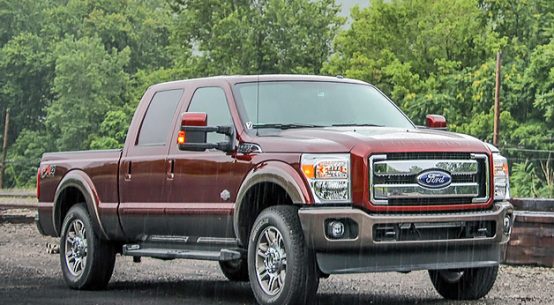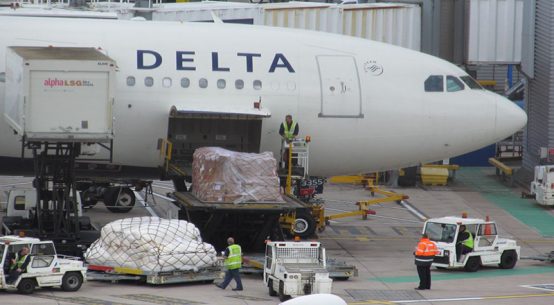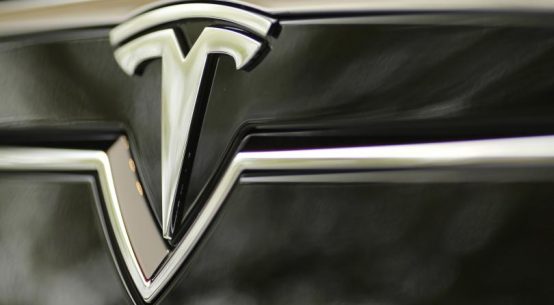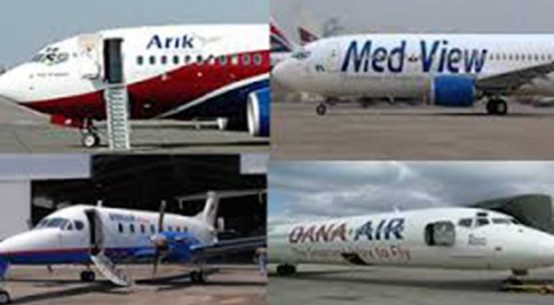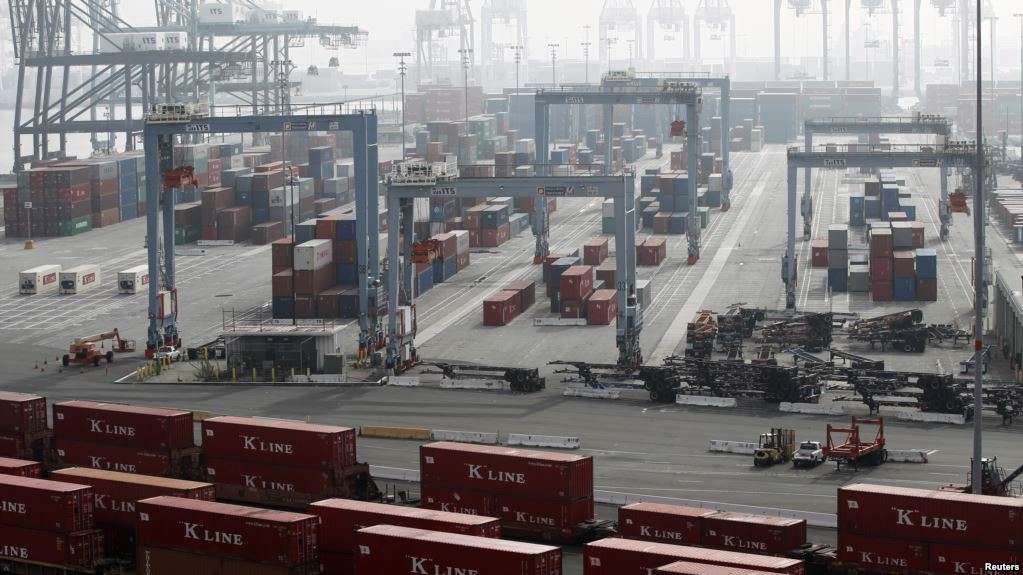
FILE – Containers are pictured at the ITS terminal at the Port of Long Beach, California
Los Angeles – The largest port complex in the nation has set goals to drastically reduce air pollution over the next several decades.
The plan approved Thursday at a meeting of the governing boards of the twin ports of Los Angeles and Long Beach outlines strategies for improving equipment and efficiency to eventually move cargo with zero emissions.
The ports estimate that the cost of the efforts ranges from $7 billion to $14 billion, but the plan does not make clear who will pick up the tab. And detailed plans for implementing each program will require approval by each port’s harbor commission.
“Collaboration will be critical to our success,” Long Beach Harbor Commission President Lou Anne Bynum said in a statement. “Moving the needle to zero requires all of us — the ports, industry, regulatory agencies, environmental groups and our communities — to pool our energy, expertise and resources.”
The plan has raised concerns that the enormous cost of the clean air goals could make the two ports less attractive in the face of competition from ports on the East and Gulf coasts.
The Los Angeles Times reported that Pacific Merchant Shipping Association President John McLaurin told commissioners he fears the cost “and its potential negative impacts on port competitiveness and the one in nine jobs in the Southern California region that are reliant on the ports.”
Largest pollution source
The neighboring ports 20 miles south of downtown Los Angeles are the single largest fixed source of air pollution in Southern California, according to the South Coast Air Quality Management District.
Main points of the plan include clean-engine milestones for trucks, creating incentives to speed up fleet turnover to near-zero and zero-emission trucks, and efficiency programs for truck reservations and staging yards. The timeline for achieving a zero-emission truck fleet is 2035.
Other elements include requiring terminal operators to use zero-emission equipment by 2020, if possible, or the cleanest available equipment.
Follow us on Twitter for more Logistics News Follow us on Facebook for more Logistics News
The plan also pursues electrification of terminal equipment and expands on-dock rail, with a goal of moving 50 percent of all cargo out of the ports by train.
The ports of Los Angeles and Long Beach sprawl over more than 23 square miles (60 square kilometers) of land and water. They handle about 40 percent of U.S. container import traffic, about 25 percent of total exports, and together rank as the ninth-largest port complex in the world, according to the ports.




